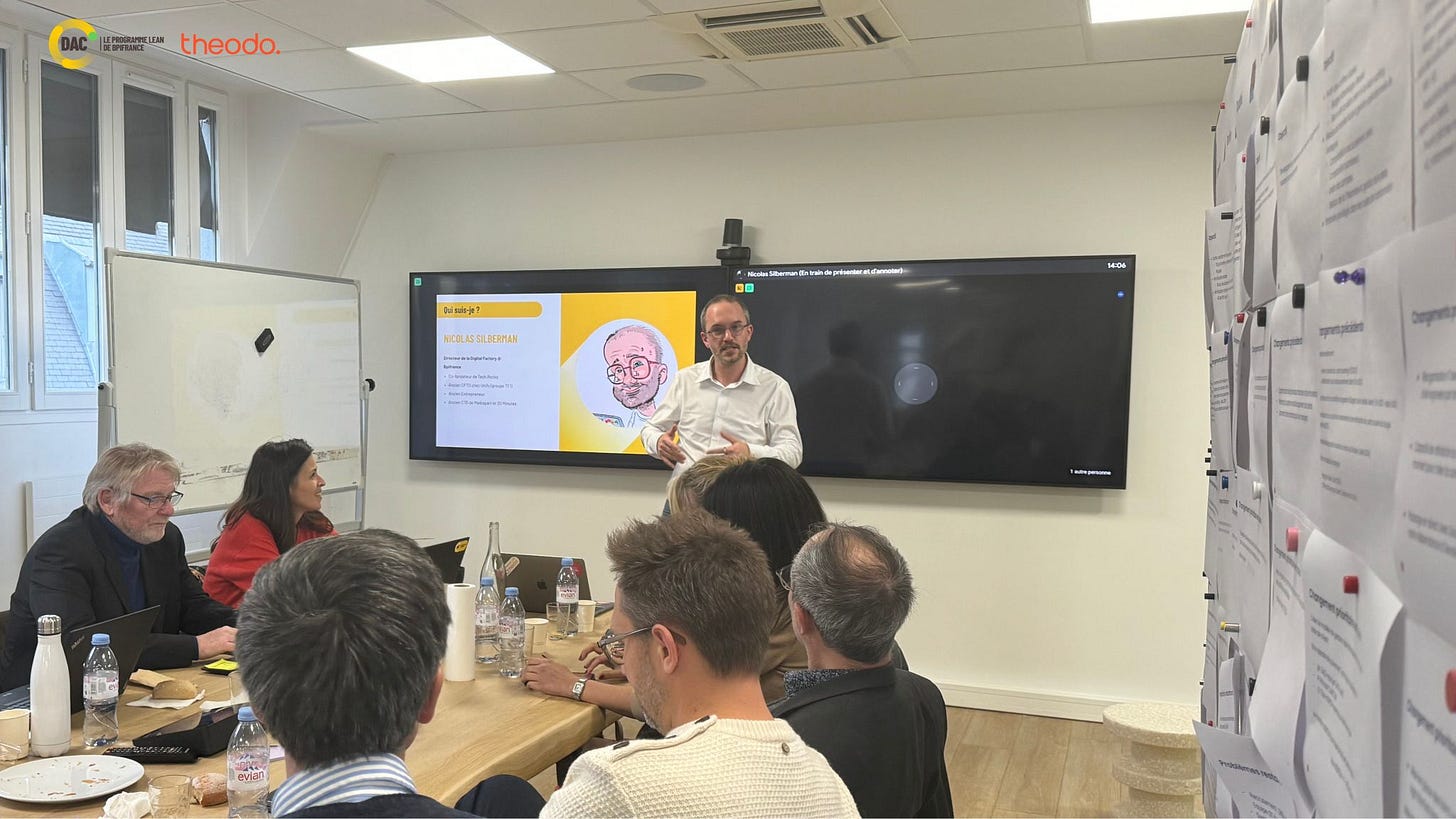🌟 Say "Yes" to Better Explain "No": A Pragmatic and Powerful Product Posture
What if, paradoxically, the best way to explain a "No" was to start by saying "Yes"?
In large organizations, we often spend our time arbitrating, prioritizing, protecting product vision... and saying "No." A strategic "No," of course. But also a "No" which, if poorly communicated, can generate tension, frustration, and a loss of trust.
What if, paradoxically, the best way to explain a "No" was to start by saying "Yes"?
The Power of the "Strategic Yes"
This idea, shared by Rémi Guyot (former CPO of BlaBlaCar and co-author of Discovery Discipline), is based on a simple principle: 👉 Say "Yes," not to accept everything, but to open a space for exploration, discussion, and learning, so that stakeholders can align around the best decision — which may ultimately be a "No," but a "No" they understand.
In complex environments, where ideas multiply and priorities collide, an immediate "No" can feel like a rejection. The "Strategic Yes" helps avoid this barrier by establishing a mindset of investigation: listen, test, challenge, measure.
It is a posture of humility, support, and pedagogy.
Why Say "Yes" Before Saying "No"?
In real organizational life, this "Yes" is not a firm commitment. It is an exploratory Yes, framed and responsible, allowing ideas to be evaluated objectively before burying or prioritizing them.
Two possible outcomes:
👉 The idea proves real potential: We nurture it, integrate it into the roadmap with an assumed and aligned "Yes."
👉 The idea shows its limits: The facts speak for themselves, stakeholders understand why it won't be pursued.
In both cases, we avoid ego struggles, opinion battles, or political frustration. We create a collective learning process.
The 5 Principles Behind This "Strategic Yes"
This posture is not improvised. It is rooted in a structured approach to product leadership, based on 5 key principles:
1️⃣ Obsession with User Impact and Business Value
A product leader's compass is not personal preference but impact:
Does the idea serve users?
Does it create measurable value for the business?
The "exploratory Yes" consists of testing these hypotheses quickly and at low cost: a mini POC, a user test, a limited A/B test...
This is the concrete application of Lean Engineering: minimizing waste, maximizing learning.
2️⃣ Mastering Complexity
In transformational contexts, organizations are overwhelmed by complexity: legacy systems, silos, technical debt, competing priorities.
Too often, the reflex is to say "No" out of fear of adding complexity.
But modern organizations — inspired by Team Topologies — know that complexity can be managed, not avoided.
Structuring teams to enable "Yes" without chaos is a powerful lever.
👉 Agile, modular structures with fast testing environments and autonomous teams allow exploration without breaking things.
3️⃣ Hybridization of Intelligences
This "Yes" also acknowledges the multiple forms of intelligence involved:
Human intelligence (business intuition, field knowledge)
Collective intelligence (cross-functional collaboration)
Algorithmic intelligence (data, AI)
By agreeing to explore an idea, we allow business, tech, data, and design expertise to intersect, challenge, and enrich the initial proposal.
We foster the emergence of stronger, more creative solutions.
4️⃣ Sustainability and Ethics
Saying "Yes" should never mean blind acceptance or compromise.
Each exploration must respect:
Human sustainability: avoiding team overload and burnout.
Technical sustainability: testing without degrading quality or adding debt.
Product ethics: not saying "Yes" to ideas contrary to company values or commitments.
A "Yes" that leads to an argued "No," based on data, user feedback, or identified risks, is far more powerful than an authoritarian refusal.
5️⃣ Learning Organization
Finally, this posture is a cornerstone of a learning organization.
Each "exploratory Yes" becomes an opportunity:
To collectively improve understanding of the product and the market.
To involve stakeholders in a discovery process.
To develop product maturity within teams and decision-makers.
In Lean Engineering, this is called continuous improvement (Kaizen): every decision is a learning cycle.
The "Yes to explain the No" is a large-scale learning tool.
🎨 How to Apply It Practically?
Here are a few ways to move from principle to action:
🔹 Clarify the conditions of the "Yes"
Make it clear from the start that you agree to explore, subject to testing, evaluation, and specific criteria.
🔹 Frame the effort
Don't let exploration turn into an endless project. A MVP, a prototype, or a quick test is often enough to objectify things.
🔹 Equip your teams
Create the right environment: rapid testing tools, autonomous teams, streamlined processes.
🔹 Communicate the learnings
Whether it leads to a "Yes" or a "No," share the outcome of the exploration. Turn every decision into a collective learning moment.
🚀 In Summary
The role of a product leader is not to say "No." It is to guide, nurture, and enlighten.
Saying "Yes" to explain "No" means rejecting defensiveness in favor of pedagogy, experimentation, and alignment.
It means turning tension into cooperation.
It means making "No" a shared learning experience, not an imposed veto.


